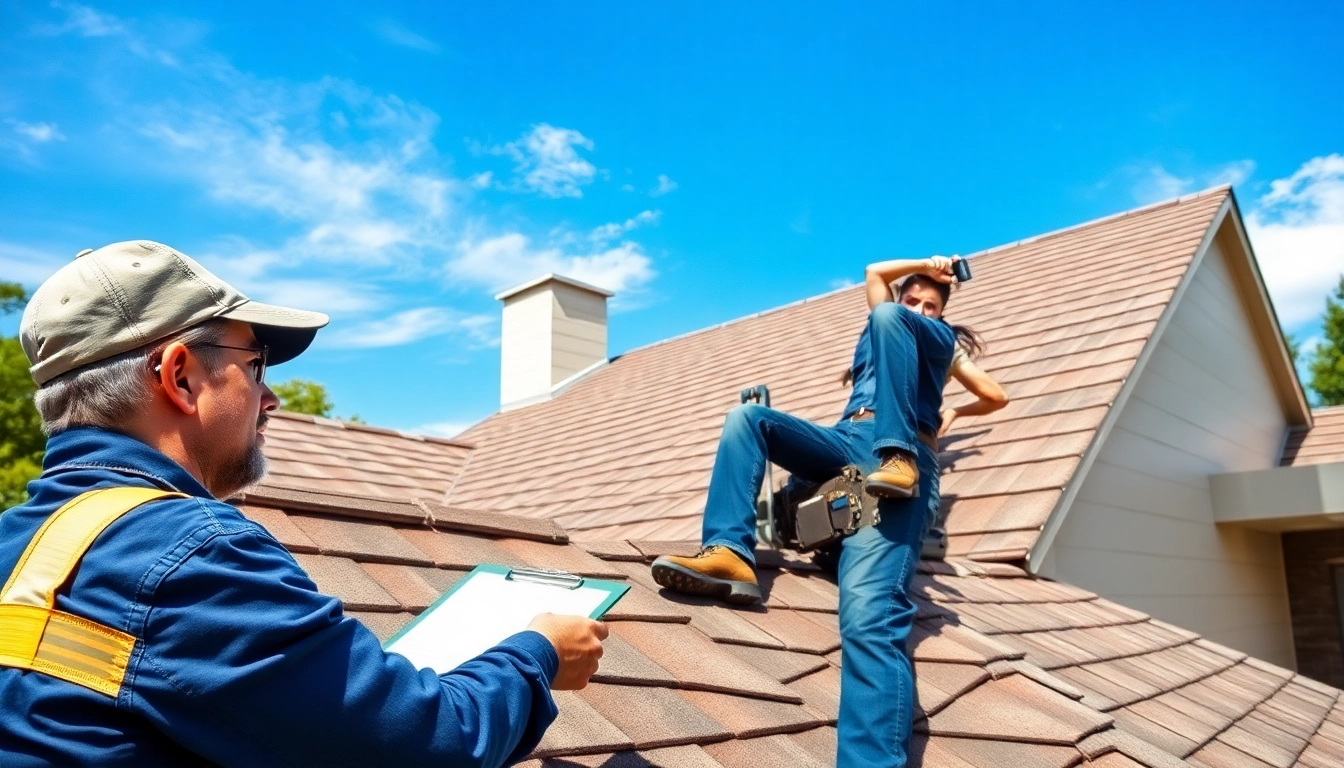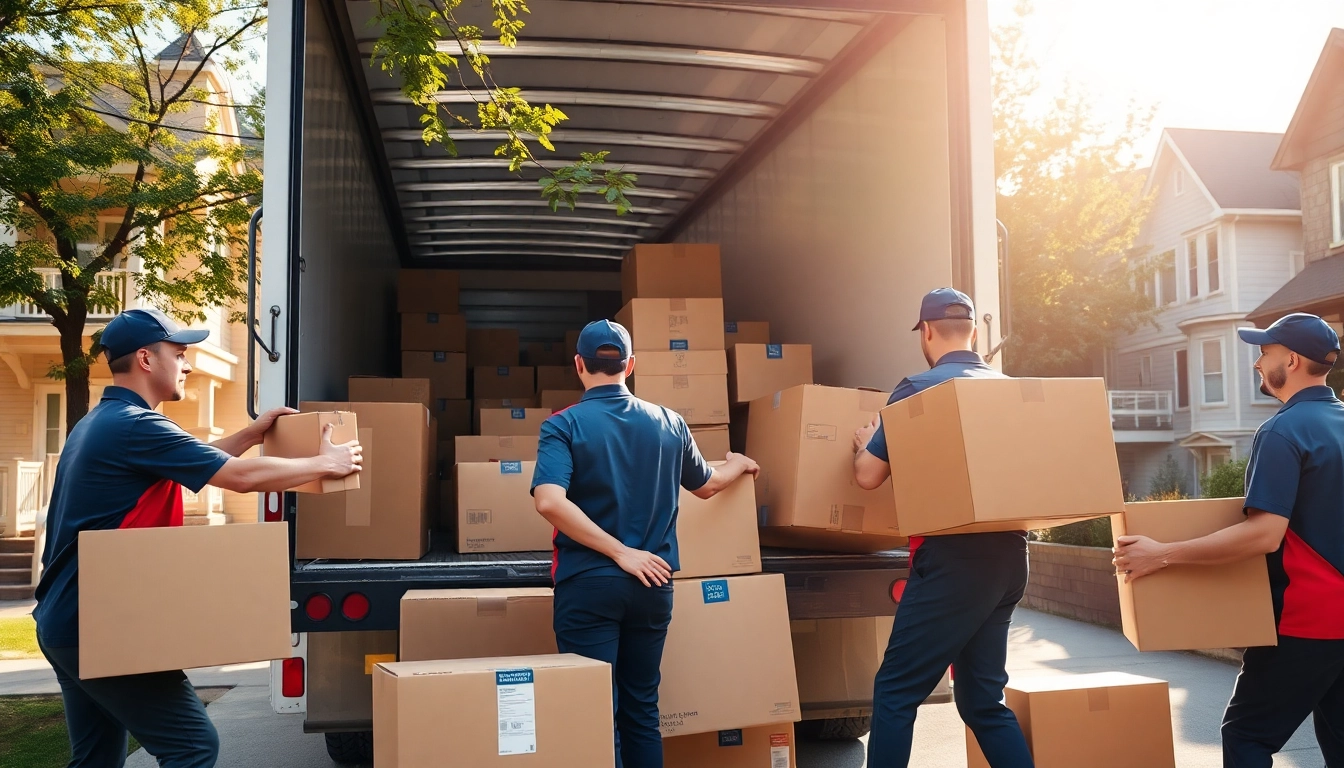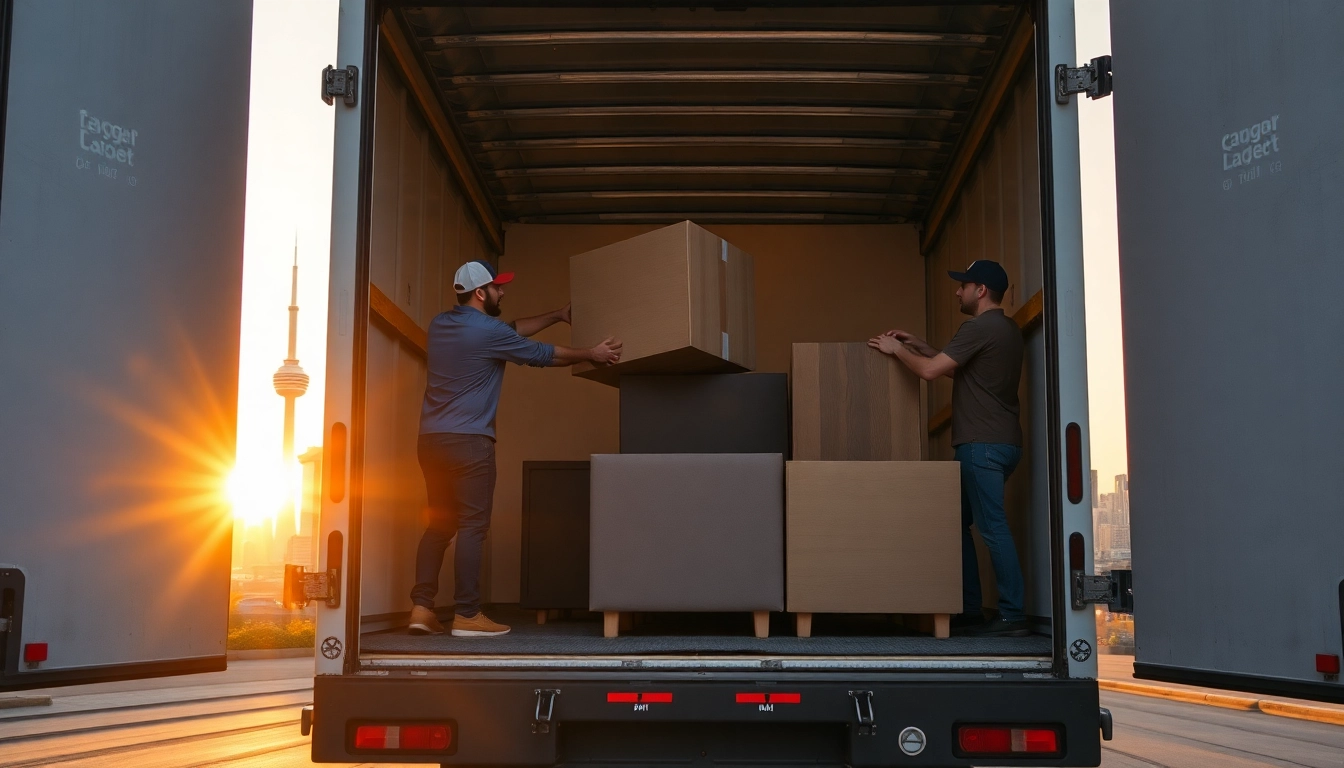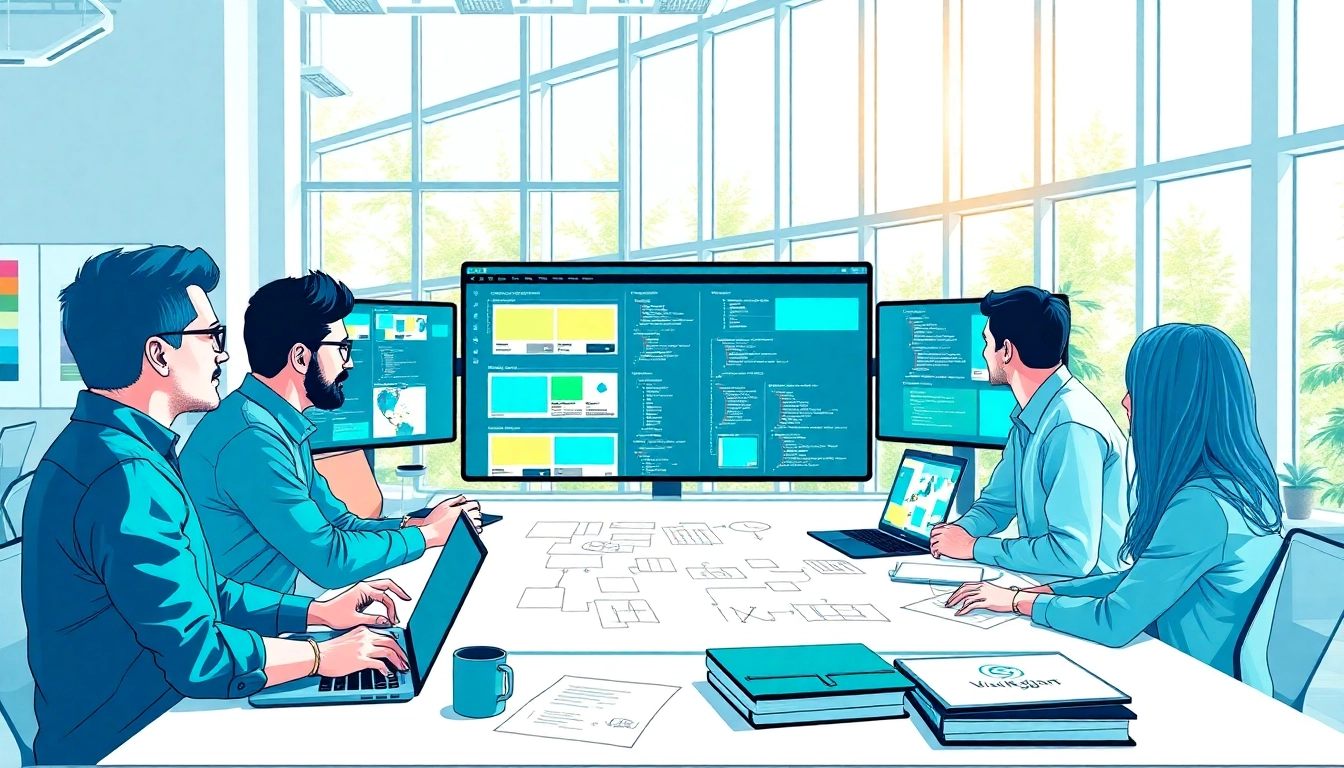Introduction to Roof Inspection in Austin
A roof inspection is a crucial aspect of home maintenance that often gets overlooked by homeowners in Austin. The unique climate conditions and frequent weather events in this region make it essential for residents to ensure that their roofs are in optimal condition. Regular inspections can reveal vital information about a roof’s health, allowing homeowners to take proactive measures before costly damages occur. Finding a reliable source for roof inspection Austin can make a significant difference in the longevity and safety of one’s home. In this article, we delve deeper into the importance, process, and considerations of roof inspections specific to the Austin area.
The Importance of Regular Roof Inspections
Regular roof inspections play a critical role in property maintenance. They help identify minor issues that can escalate into major problems if left unchecked. A well-maintained roof protects your home from rain, wind, and extreme temperatures. In Austin, the sun’s intensity can lead to wear and tear, making systematic inspections even more essential.
By catching issues early—such as loose shingles, cracks, or potential leaks—homeowners can save significantly on repair costs. Additionally, some insurance policies may require regular inspections, so staying ahead on this task can prevent issues in future claims.
Common Issues Found During Inspections
During a roof inspection, several common issues are typically identified, including:
- Missing or Damaged Shingles: Environmental factors like hail, wind, and even tree branches can displace or damage shingles, compromising overall roof integrity.
- Cracks and Blisters: These may occur due to extreme fluctuation in temperatures and can lead to water penetration.
- Flashing Failures: Flashing is critical for directing water away from important areas such as chimneys, vents, and skylights. If these areas show signs of deterioration, it could lead to significant water damage.
- Improper Drainage: Ponding water can occur in low-lying areas of flat roofs, leading to leaks and structural damage over time.
- Moss and Algae Growth: These can trap moisture against your roof, leading to quicker deterioration and potential leaks.
How Roof Inspections Contribute to Home Safety
A comprehensive roof inspection not only contributes to the longevity of the roof but also enhances the safety of the home. A failing roof can lead to significant internal damage, including mold and wood rot that can endanger the occupants’ health. Moreover, structural failures pose immediate risks, potentially leading to severe and even life-threatening accidents.
In addition to safety, a well-maintained roof can increase your property’s market value, making it an essential focus area for homeowners looking to sell in the future.
What to Expect from a Roof Inspection
Detailed Steps Taken During a Roof Inspection
A thorough roof inspection generally follows a systematic approach, evaluating both the exterior and interior components. Below are key steps that competent inspectors follow:
- Exterior Assessment: Inspectors will start with an external examination of the roof surface, looking for visible signs of damage such as missing shingles, cracks, or moss accumulation. They’ll also assess gutters and downspouts.
- Flashing Inspection: They’ll check the flashing around chimneys, skylights, and vents to ensure that water is directed away from these crucial areas.
- Interior Examination: Inspectors will evaluate the attic for signs of moisture, mold, or insufficient ventilation that might affect overall roof health.
- Structural Evaluation: The roofing structure, including rafters and supports, will be assessed for rot or degradation that could compromise the roof’s stability.
- Minor Repairs: Some inspections may include recommendations for minor repairs that can be addressed immediately, further preventing future issues.
The Role of Technology in Modern Inspections
Advancements in technology have significantly improved the quality and efficiency of roof inspections. Tools such as drones can be utilized to inspect hard-to-reach areas without risking safety. Drones offer high-resolution imagery, allowing for detailed assessments from various angles.
Thermal imaging devices are also increasingly common, identifying hidden leaks and areas of heat loss that traditional visual inspections might miss. Utilizing these technologies ensures that homeowners have the most accurate understanding of their roof’s condition, leading to well-informed maintenance decisions.
Understanding Your Roof Inspection Report
Once an inspection is complete, homeowners typically receive a detailed report outlining findings. This report will include:
- A summary of the inspection date and weather conditions
- Identified issues with photographs for clarity
- Recommendations for repairs categorized by priority (immediate, upcoming, and routine maintenance)
- Potential safety hazards that need immediate attention
Understanding this report is vital. Homeowners should feel free to ask the inspector about any terminology or recommendations that may be unclear.
Choosing the Right Roofing Inspector
Qualifications to Look For
Selecting a qualified roofing inspector is crucial for receiving high-quality service. Here are some qualifications to consider:
- Licensing and Insurance: Ensure the inspector is licensed and properly insured. This protects you from liability in case of accidents during the inspection.
- Experience: Look for inspectors with significant experience, preferably with a background in various roofing materials and types.
- Certifications: Certifications from recognized organizations (e.g., National Roofing Contractors Association) can signify advanced knowledge and commitment to best practices.
- References: Request references or read online reviews to get a sense of the inspector’s past performance and customer satisfaction.
Questions to Ask Potential Inspectors
When interviewing potential roofing inspectors, ask the following questions:
- What specific areas do you focus on during a roof inspection?
- How do you document your findings, and will I receive a copy of the report?
- Can you explain your repair recommendations in detail?
- What is your experience with my type of roofing material?
- Do you have examples of past inspections you have performed?
Comparing Costs and Services
Costs for roof inspections can vary based on several factors, including the size and type of the roof, the inspector’s qualifications, and regional pricing. On average, roof inspections in Austin can range from $200 to $600.
When comparing costs, it’s also essential to evaluate what services are included. Some companies may offer free inspections but have hidden fees for subsequent reports or minor repairs, while others may include comprehensive services in the base fee. Be sure to weigh the potential long-term savings against initial inspection costs.
Common Services Offered Alongside Roof Inspections
Roof Repair Options Post-Inspection
If an inspection uncovers issues that require attention, roofing companies typically offer repair services tailored to the detected problems. Common repair options include:
- Shingle Replacement: For minor damage, changing a few shingles can significantly improve roof integrity.
- Flashing Application: New flashing can be installed to protect vulnerable areas against water intrusion.
- Sealing and Coating: Sealants can extend the lifespan of the roof by protecting it from UV rays and moisture.
Routine Maintenance Tips to Consider
Following inspection and repair, implementing routine maintenance can drastically reduce future issues and prolong the life of your roof. Here are some tips for effective maintenance:
- Schedule annual inspections, especially before extreme weather seasons.
- Keep gutters clean to ensure proper drainage and prevent water from pooling.
- Trim overhanging branches that could damage your roof during storms.
- Ensure insulation and ventilation in the attic to prevent heat buildup.
Emergency Services for Critical Findings
In cases where inspections identify critical issues (e.g., severe leaks, structural damage), many roofing companies offer emergency repair services. It’s vital to address these problems immediately to mitigate damage and maintain safety. Understanding each company’s emergency service response time and procedures can be beneficial during selection.
Conclusion: Maintaining Roof Integrity in Austin
Summarizing the Benefits of Roof Inspections
Roof inspections are an essential aspect of home maintenance that can provide homeowners with peace of mind. By catching potential problems early, you can save on hefty repair bills and improve the safety and value of your property. Regularly scheduled inspections can identify even the smallest issues before they escalate into emergencies.
Encouraging Proactive Homeowner Behavior
Homeowners in Austin are encouraged to adopt a proactive approach regarding roof maintenance. Understanding the types of inspections available, leveraging technology, and selecting qualified inspectors can significantly enhance the long-term performance of your roof. This proactive behavior not only extends the life of your roofing but contributes to sustained home safety and comfort.
Resources for Homeowners Seeking Inspections in Austin
For Austin homeowners seeking reliable roof inspections, numerous local companies offer excellent services. Checking references, verifying qualifications, and staying informed about industry standards can help you choose the right partner for your roofing needs. Additionally, resources such as the Texas Roofing Contractors Association can provide useful information regarding reputable service providers in the area.












Leave a Reply